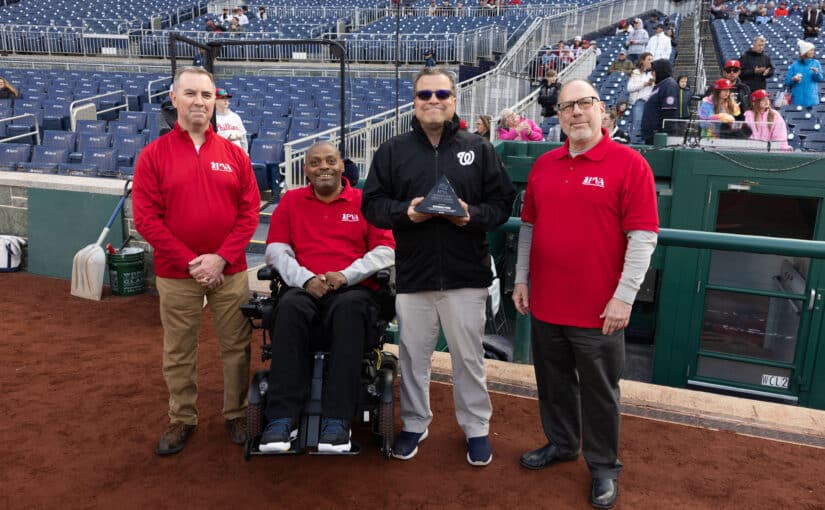Lumbar spinal stenosis occurs when an overgrowth of bone or tissue narrows the spaces in an individual’s lower (lumbar) spine, resulting in pressure on the spinal cord and/or nerve roots. Most commonly, the disorder is caused by an overgrowth of spinal bones, herniated disks, thickened ligaments, tumors or spinal injuries.
Symptoms – which usually begin gradually and worsen over time – include numbness, weakness or tingling in the legs, feet, arms or hands, and/or, in severe cases, bladder and bowel dysfunction.
The disorder affects both men and women and most often results from a gradual, degenerative aging process. Thus, the disorder is most common in adults over age 50, though younger people who are born with a narrowing of the spinal canal or who have suffered a spinal injury also may be affected by lumbar spinal stenosis.
Common treatments include physical therapy, medication, or, in severe cases, surgery to relieve pressure on the spinal cord and/or nerves.
Resource: NIH
More Information
- How to Cope With a New Spinal Cord Injury
- Paralyzed Veterans of America Encouraged by New Spinal Cord Injury Research Breakthrough
- New “App” Available for Health-Care Professionals Treating Spinal Cord Injuries
- Paralyzed Veterans Consumer Guides
- Paralyzed Veterans of America Medical Services
- American Spinal Injury Association
- United Spinal Association




